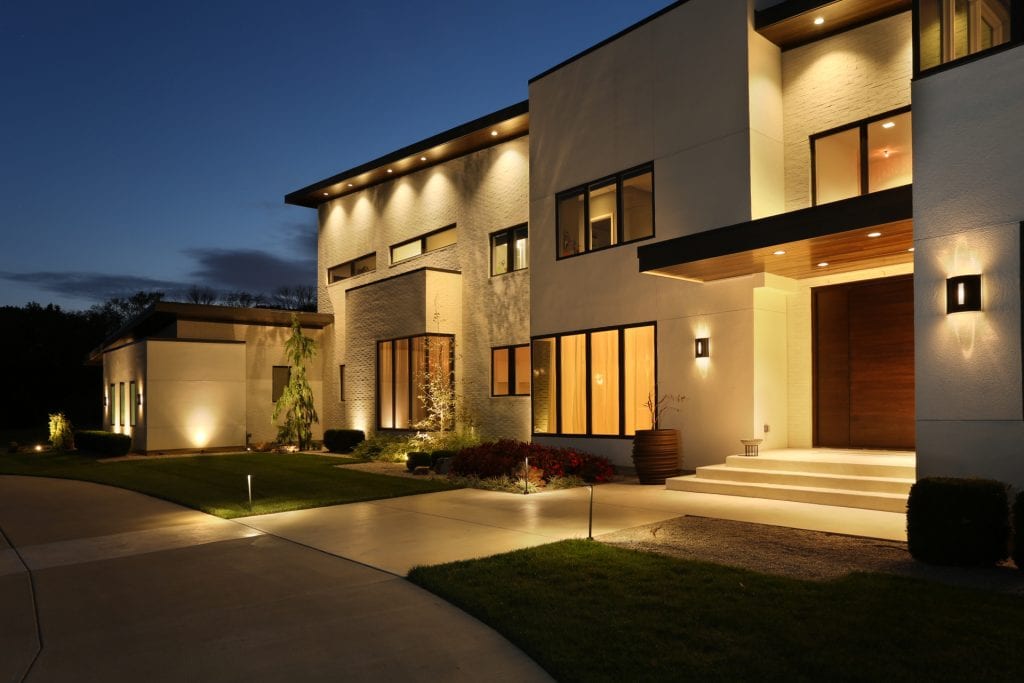
According to the Indian Hill Welcome Book for new residents, “the single most compelling quality of Indian Hill is its village atmosphere. With a population of around 5,900 people, it is technically a city but its lifestyle over the years has remained constant, that of a residential community of dedicated citizens trying to preserve the country atmosphere and the gifts nature has bestowed upon it. Its verdant terrain has a magnetism that attracts citizens who are willing to do something about the quality of their ‘at home’ existence.” Home building in Indian Hill is a dream for many Cincinnati families.
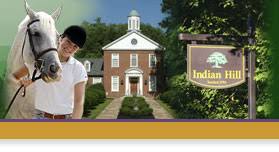
Indian Hill History
The village now known as Indian Hill was first settled by the Native American tribes of the Shawnee, Miami and Delaware. From their villages at Pickaway and Chillicothe they came to hunt the wooded slopes and fish the clear streams. Some of the main thoroughfares of the village follow the early Indian trails.
The 20 square miles of Indian Hill was first surveyed in 1787 by Major Benjamin Stites, a veteran of the Revolutionary War. Traveling with a surveying team on the Ohio River, Stites was impressed by the strategic value as well as the beauty of the area between the two Miami Rivers. He returned east and interested Judge John Symmes in its purchase. When Symmes bought close to a million acres from the United States Government, he sold the 10,000 acres adjacent to the Ohio and Little Miami Rivers to Stites for $.66 an acre. This parcel of land encompassed Indian Hill.
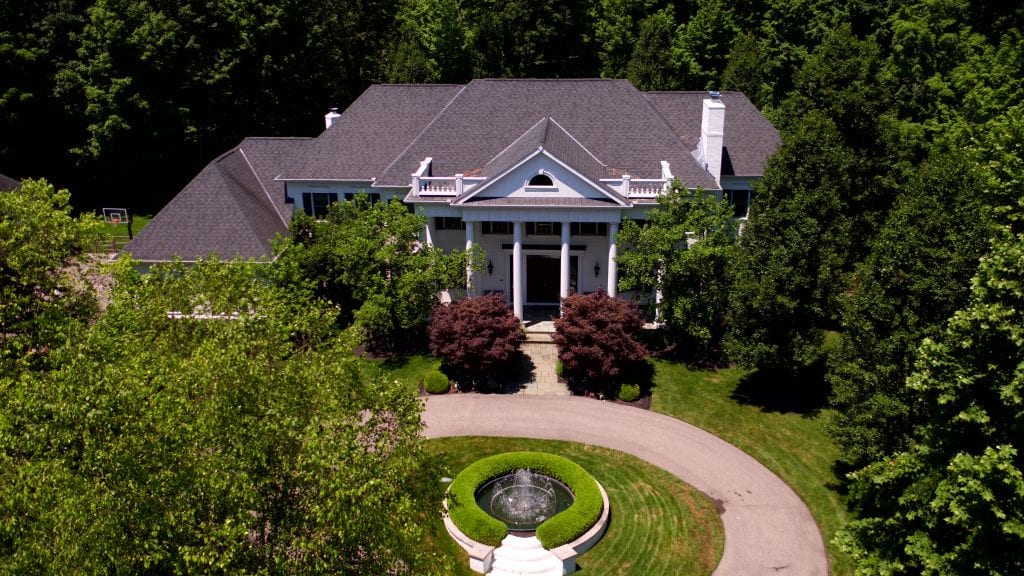
A Village State of Mind
By the early 1800s, settlers were able to farm, run their grist, saw and paper mills, build comfortable homes, and organize the community about them. Three schools were built, all of which are still standing. The first church, Armstrong Chapel, was built on property given by Nathaniel Armstrong, a prosperous mill operator.
In the early 1900s, Cincinnatians started coming to the area to escape the heat of the city and it began to develop into a suburban residential community in the 1920s. By the late 1930s, residents became concerned about protecting the handsome woodlands from the discordant elements that were beginning to plague the outskirts of major cities. In 1941 it was incorporated with tight zoning.
Dedicated to maintaining the rural atmosphere, Indian Hill has benefited from imaginative leadership, suburban planning and the personal efforts of its residents.
The Village of Indian Hill is governed by an elected council and professional manager. The benefits for people considering building a custom home in Indian Hill include access to:
- Quality education, both public and private
- Its own water supply, waste disposal and road maintenance
- Exceptionally fine police and fire protection
- Varied and well-patronized recreational facilities
- An active social community with multiple civic organizations and clubs
- Greenspace with the Green Acres program, which, through purchase and gifts, has created an almost unbroken arc of greenery around and through the Village
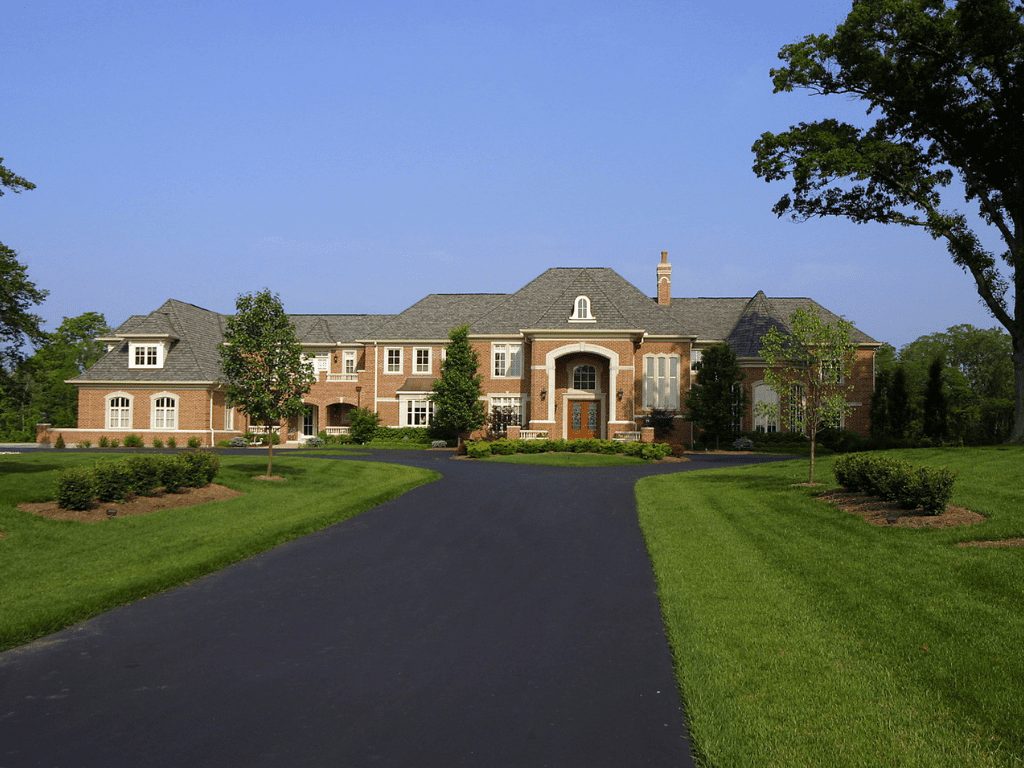
Finding Your Indian Hill Custom Home Lot
It can be a challenge to find the right lot to build your custom home. In our previous posts on choosing the best lot for your home we shared some tips. In Indian Hill, finding the right lot can be even more complex with the strict zoning, which helps make the area so attractive.
We are experts in helping you find the right lot for your custom home. We enjoy consulting with our future clients and are happy to review lots and give advice.
In 2019, building an Indian Hill custom home includes opportunities such as the Meadows at Peterloon with the village atmosphere of Indian Hill and the walkability of Montgomery with restaurants and shops.
With over 50 Indian Hill custom homes built, we are one of the top custom builders in Indian Hill. See our Luxury Home Gallery, many of which are Indian Hill custom homes.
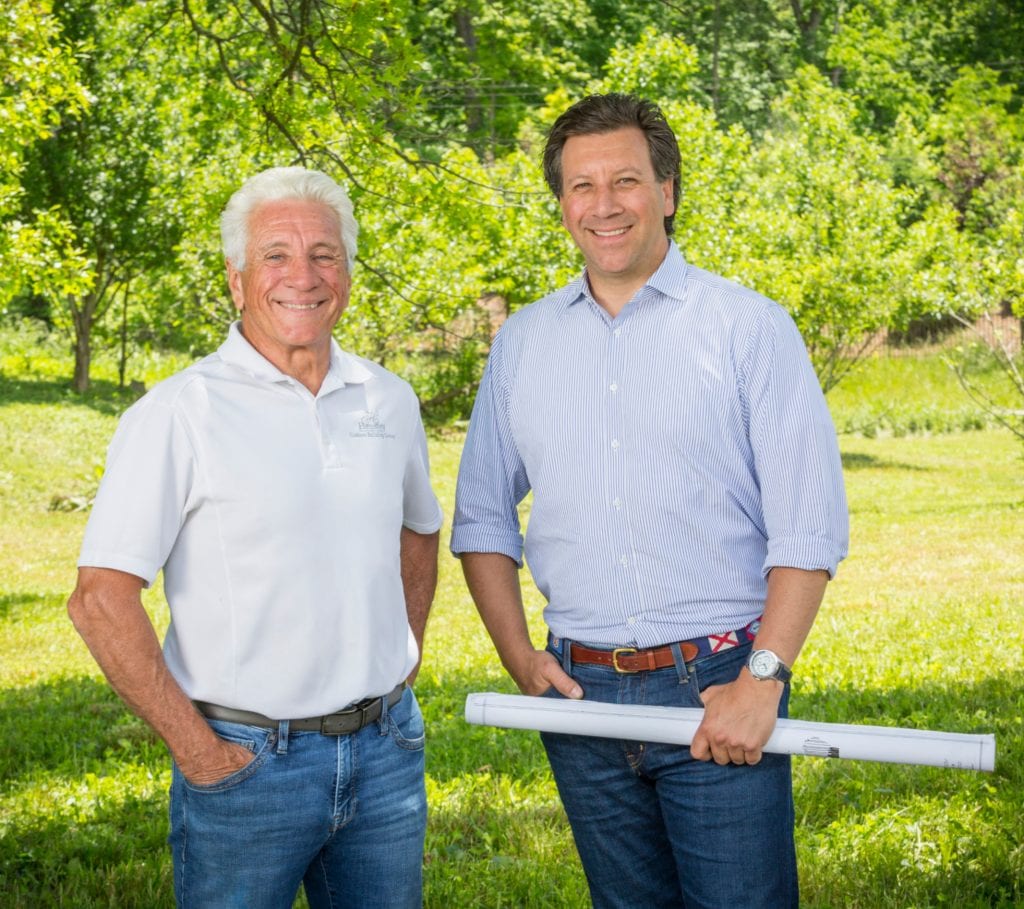
Ready to Join Over 400 Happy Cincinnati Custom Home Builder Clients?
Contact us to start your dream home conversation. From choosing the right lot to building the home of your dreams, we have helped over 400 families build what matters. Contact us to schedule an appointment.